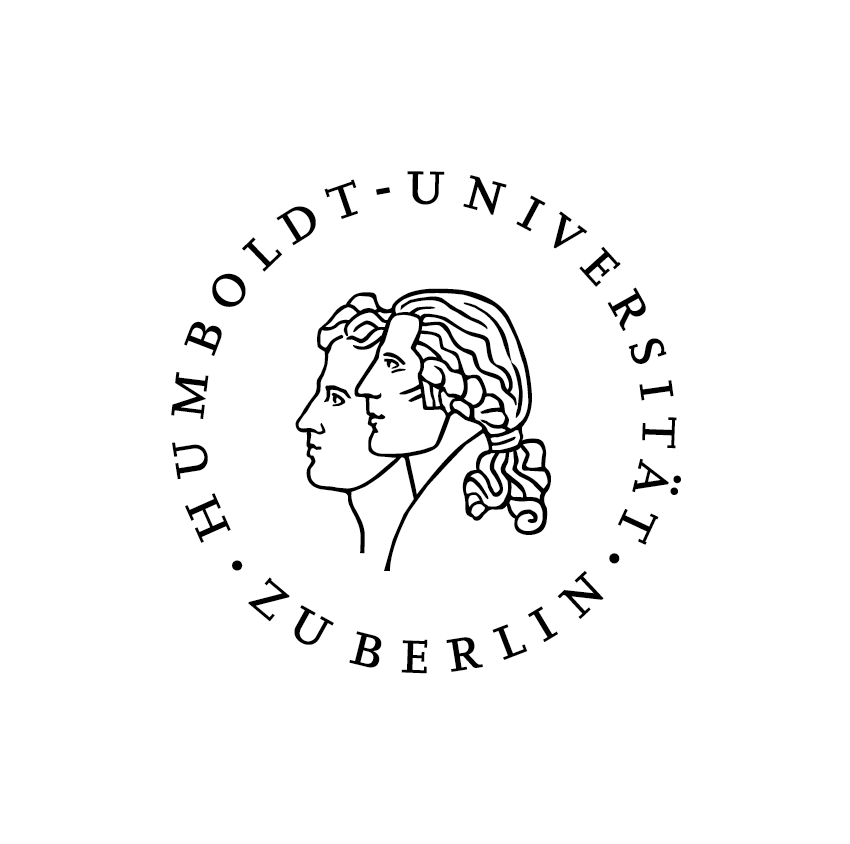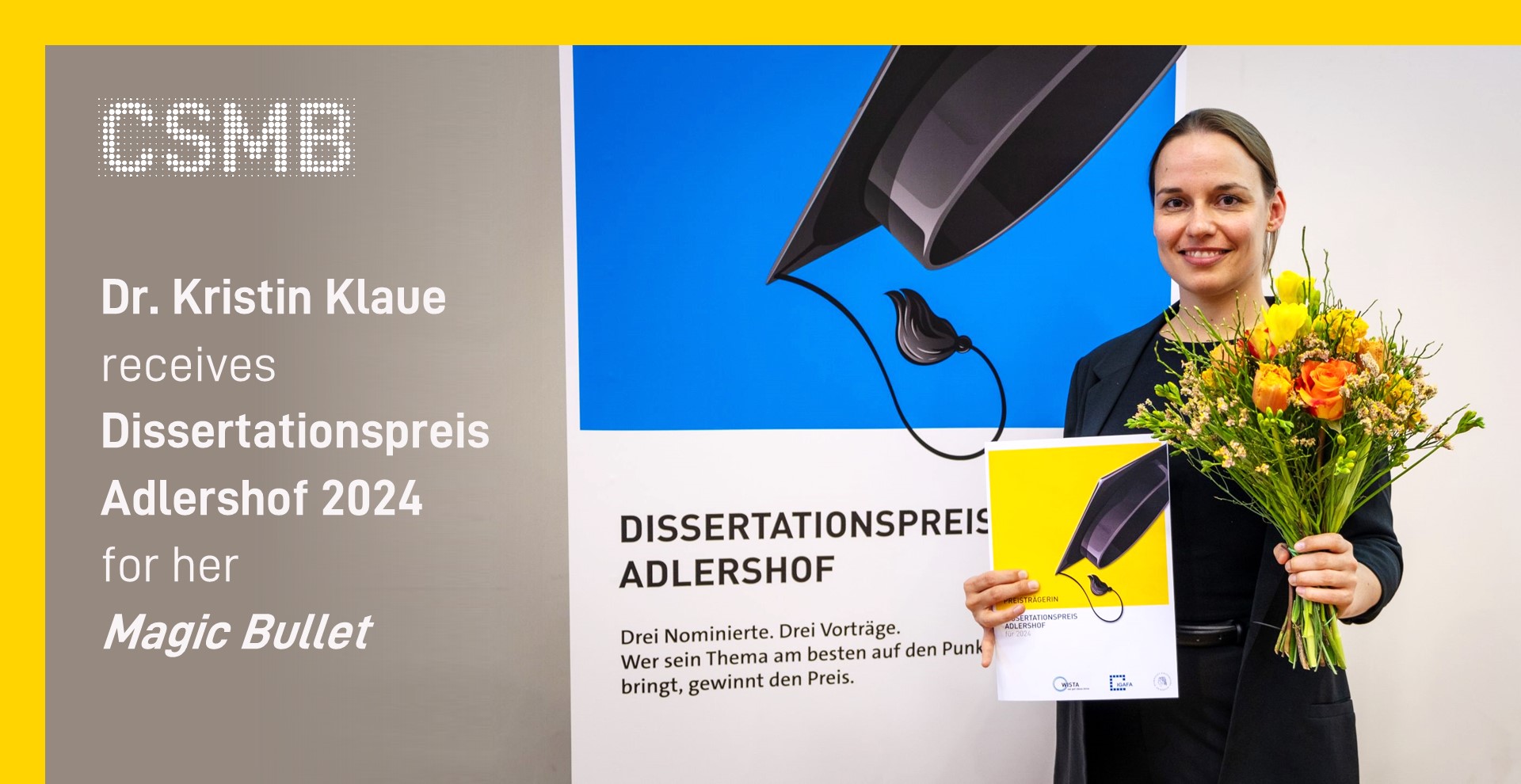
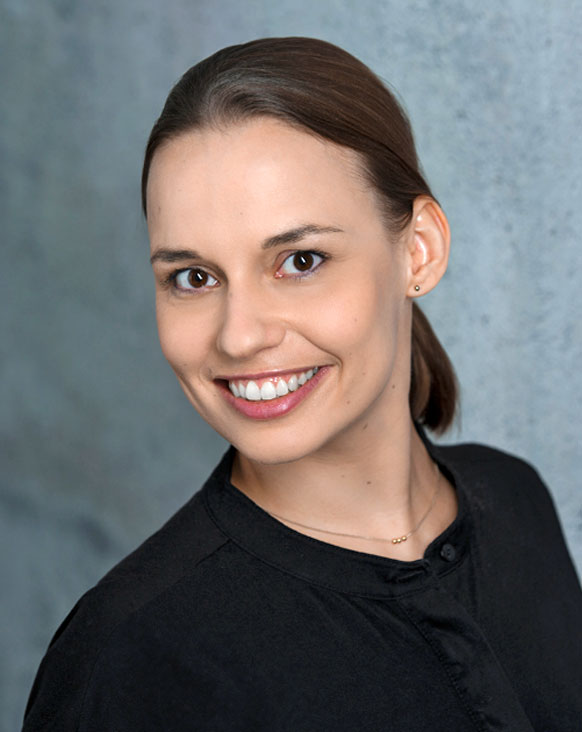
Dr. Kristin Klaue has been awarded the prestigious Dissertationspreis Adlershof for her groundbreaking doctoral research and engaging presentation on infrared-activated molecular switches.
As part of her doctoral thesis, Dr. Kristin Klaue developed photoswitchable molecules that are activated by harmless infrared light to precisely release active ingredients and substances. This technology lays the foundation for innovative biomedical applications such as 3D printing directly in human tissue and novel phototherapeutics — a modern implementation of Paul Ehrlich's vision of the “magic bullet”.
Dr. Kristin Klaue studied chemistry in her hometown Berlin at Humboldt-Universität zu Berlin, where she also completed her PhD under the supervision of Prof. Stefan Hecht.
She now works as a scientist at the CSMB, where she is dedicated to driving innovation in sustainable and high-performance materials for next-generation technologies.
Interview with Dr. Kristin Klaue:
Congratulations on your award, Dr. Klaue! How do you feel?
Thank you so much!
This award is a great honor, highly motivating, and a great opportunity to share my work with a wider audience. Above all, I’m driven by curiosity — the thrill of pushing boundaries and exploring new ideas. This recognition strengthens my passion for research and inspires me to keep questioning, discovering, and contributing to science.
« Above all,
I’m driven by curiosity »
Can you summarize your research in a few sentences? How did you come up with this topic?
The remote control of complex artificial systems using light has been a research focus on campus for decades — particularly in the group of my supervisor, Prof. Stefan Hecht. This has led to groundbreaking inventions such as xolography. With a long-standing interest in the intersection of chemistry and biology, I was intrigued by the idea of developing tunable, light-driven tools that can be precisely controlled by benign near-infrared light in aqueous environments. These molecules enable the targeted release of active compounds, opening up exciting possibilities for biomedical applications and 3D printing technologies.
What do you understand by the term "magic bullet", and what advantages does it offer?
The term 'magic bullet' was introduced by Paul Ehrlich to describe an ideal drug that selectively targets pathogens, such as microbes or cancer cells, while leaving healthy parts of the body unharmed. He was inspired by a German opera about a bullet that never misses its target.
Non-local treatments, such as traditional systemic therapies, often have significant side effects. Such treatments can affect the entire body, impacting healthy tissues and organs instead of just the targeted area. This can lead to complications, prolonged recovery, and reduced effectiveness.


Phototherapeutics, which use light to activate or deactivate a treatment, offer the exciting possibility of controlling a drug at a specific location. This precision could revolutionize treatments, particularly for diseases such as cancer, where targeting tumor cells while sparing healthy tissue could improve outcomes or reduce side effects. In addition, phototherapeutic approaches could be applied to conditions such as bacterial infections or inflammatory diseases, offering targeted, non-invasive treatment options with fewer and less severe risks.


The challenge for me was to develop a general design strategy for photoswitches that can be fine-tuned within the biological window where tissue exhibits its highest transparency. These molecules respond rapidly to far-red and NIR light in aqueous environments and can be combined with approved biologically active molecules to control their release and activate them precisely where they are needed.
The challenge for me was to create and identify switches that could be combined with the starting molecule. The resulting product needed to react quickly to infrared light and be soluble in water.
In your talk you mentioned the potential for 3D printing directly in human tissue. How could this work, and what advantages does it offer compared to traditional treatment methods?
The idea of 3D printing directly in human tissue involves creating intricate, biocompatible structures within cavities or tissues. This approach could potentially repair damaged areas or enhance tissue regeneration, providing a non-invasive alternative to traditional surgery.
How will your research continue? Any plans yet?
I'm looking forward to delving deeper into this area of research. We are just starting an exciting collaboration with biologists, combining my expertise in organic and physical chemistry with their biological insights to explore the true potential of these new light-driven tools in living organisms. We've also recently filed a patent application, which I was happy to announce during my talk at the Adlershofer Dissertationspreis 2024. I'm really excited to see where this project takes us.
How do you keep your work-life balanced?
I enjoy working in the lab, although lately, I've been occupied with administrative tasks. I’m looking forward to getting back to hands-on experiments soon, as they truly energize me. Outside of work, I unwind with yoga and love spending time in nature.
What advice would you give to young scientists or students?
Choose something you enjoy doing!
It's perfectly fine to view your PhD and lab work as part of your broader career path, but if you aren't passionate about your research topic, you may end up frustrated. If you like what you are doing, it will be much easier to stay motivated through the inevitable challenges.
Thank you!
Alongside Dr. Kristin Klaue, two other outstanding researchers presented their work in the final round:
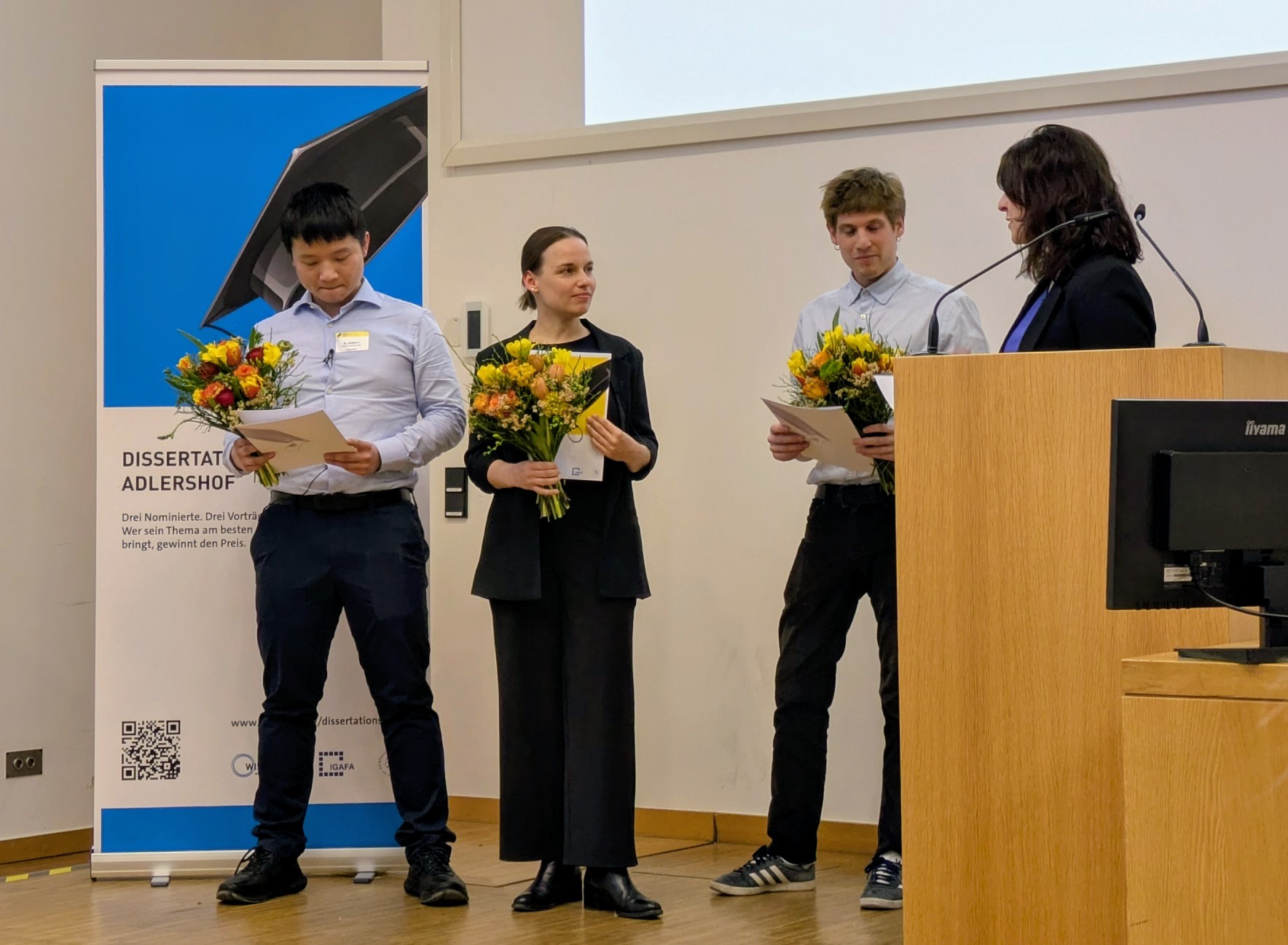
Dr. Jinzhao Li, who conducted his doctoral research under CSMB member and HZB group leader Prof. Eva Unger, has been at the forefront of advancing scalable and commercialized perovskite solar cells. His innovative work in ink development at our institute is paving the way for the next generation of sustainable energy solutions. Now, at Oxford PV in Brandenburg, he continues to push boundaries—setting world records with perovskite-on-silicon tandem solar cells.
Dr. Beñat Alberdi Esuain has been nominated for his research on electron beam shaping, advancing fundamental science and enabling new insights into atomic motion in the group of Prof. Thorsten Kamps, Dept. Phys. & Helmholtz-Zentrum Berlin.
Both received a prize of 1,000 € for their nomination.
We congratulate the winner and the two competitors on their award!
About the Dissertationspreis AdlershofSince 2002, Humboldt-Universität zu Berlin, together with the IGAFA and the WISTA Management GmbH have awarded the Dissertationspreis Adlershof. Young researchers are awarded for outstanding scientific achievements in the framework of a doctoral thesis in Adlershof. The joint award shows the quality of scientific achievments and the cooperation between the University and non-university research institutes in Adlershof. Since 2010, the winner of the 3,000 € Dissertationspreis Adlershof has been chosen live. Three nominees have 15 minutes to present the theme of their work in plain language. These lectures form the basis of the adjudicators‘ decision. Thus, not only is excellent research performance rewarded, but also the ability of the researcher to communicate to an interested public in an understandable and appealing manner. |
